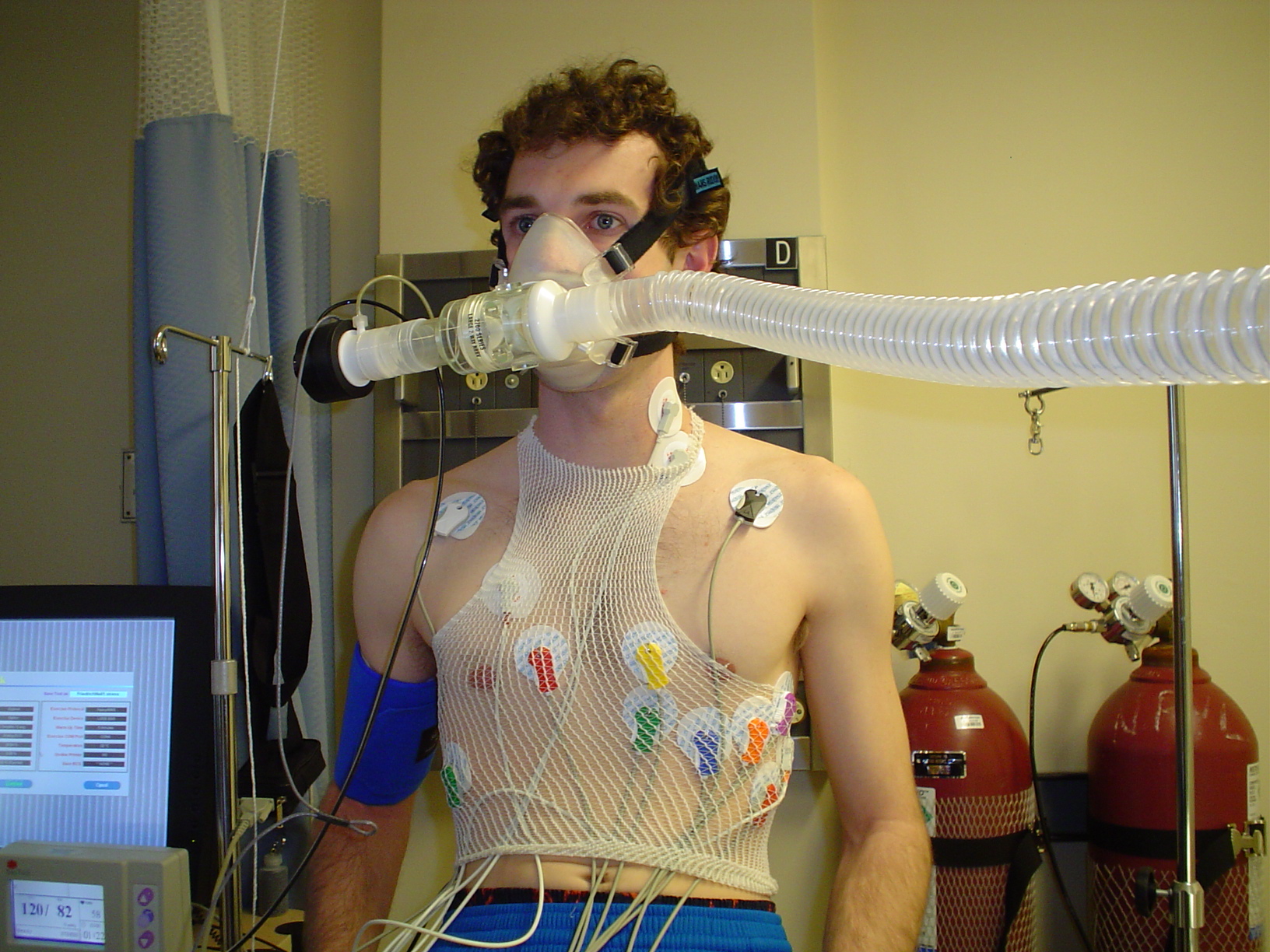Home > Research > Multi-Scale Modeling Initiative
Time Course of Metabolic Adaptations During Loading and UnloadingContents
Contact InformationPrincipal Investigator/Contact Co-PIs and Collaborators Fatima Silva Stephen Previs Michelle Puchowicz Grant Number - TBD National Aeronautics and Space Administration (NASA) Research EmphasisThe alterations in skeletal muscle structure and function induced by space travel or endurance training are the result of a chronic mechanical stimulus (or lack of it) and a series of metabolic interactions spanning from the cellular to the organism level. Reduced activation of the weight bearing muscles causes metabolic changes that enable the body to meet the functional demands of weightlessness, ensuing muscle atrophy, reduced capacity to process fatty acids, and reduced muscle endurance. On the other hand, endurance training results in increased fatty acid oxidation capacity and muscle endurance. Disease FocusChronic Physical Inactivity and Diabetes Scales ExaminedTime Scales
Biological Scales
Length Scales
Biomedical, Biological and Behavioral (BBB) Areas and Percent Focus40% - Space & exercise physiology; 40 % - cellular, tissue/organ & whole body metabolism; 20% - biochemical reactions, pathways & metabolic control. Modeling Methods and Tools (MMT)Areas and Percent Focus70% - Ordinary differential equations; 30% - system identification methods.
MATLAB and FORTRAN Itanium-based Computer Workstation and Rodent Physiology Lab. Presently involved with the Associate Director of NIH Center for Modeling Integrated Metabolic Systems. The multi-scale project will benefit from that involvement and it is planned to participate fully in the new framework by sharing both development strategies and software.
|
 |
 |
Department of Health and Human Services |
 |
National Institutes of Health |
 |




